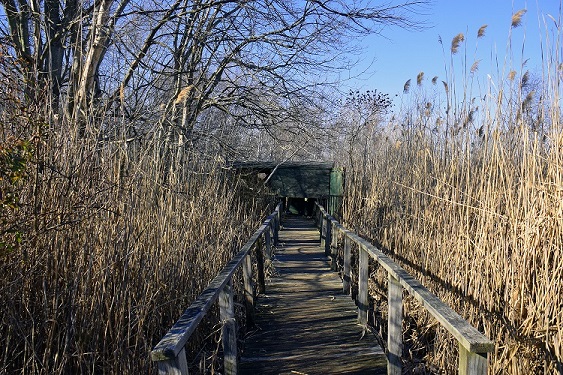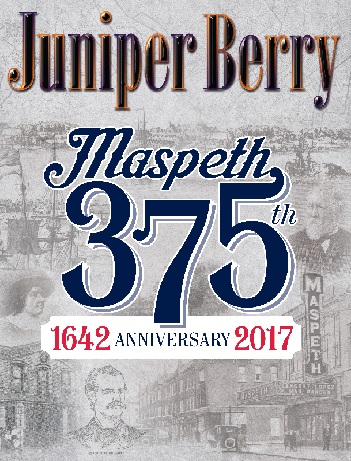Almost 5 years after Hurricane Sandy, Jamaica Bay Wildlife Refuge is still undergoing damage repair. When I visited in mid-February, the western side of the refuge was closed in order to accommodate construction vehicles. Hurricane Sandy caused breaches on both the East and West Ponds allowing the bay’s saltwater to mix with the freshwater of the ponds. This caused environmental damage and interfered with wildlife including many different shorebirds. The East Pond was repaired quickly in order to restore subway service, but there was some debate over what to do on the West Pond, with the final decision being to close the breach and restore the trail that had been washed away.
Two Berry staffers and I travelled down to Jamaica Bay to relieve some Spring Fever on February 19th and take some photos. Despite the date on the calendar, it was warm enough to wear t-shirts. We first headed to the Wildlife Refuge Visitor Center, which leads into the West Pond trail, currently off limits. There were a few scattered bird houses and feeders, but wildlife was noticeably absent there that day. We then walked across Cross Bay Boulevard to the East Pond trail. Thick underbrush lined both sides of the trails. Planks covered the ground as we moved past reeds that rose above our heads. We sat down on a weathered wooden bench facing the East Pond, with the A train and JFK airport in the distance.
A handful of swans were out that day, flying and swimming from one end of the pond to the other. One was brave enough to swim up to the shoreline no more than five feet away from us. After staring us down for a bit, it swam back out into the pond. Canada Geese idled in the water, keeping their distance from us. Black and Ruddy Ducks bobbed up and down while a gull or two flew overhead. The A train lumbered by slowly in the background as a plane soared into the atmosphere. Water washed across a bed of worn shells.
On our return, we passed a blind which overlooked the much smaller “Big John’s Pond”, named after the bulldozer operator who excavated it in the 1970s. A birdhouse overlooked the tranquil water as mallards swam in and out of the reeds and a turtle rested on a fallen log.
Leaving the park, it surprised me how well a large city could co-exist with a wildlife park. Having such a diverse ecosystem so close to home is a huge benefit to our local area and NYC as a whole, and I would strongly urge readers to visit on a warm day and spend time exploring parts unvisited. I plan to return later this year after the West Pond Trail reopens.




